The Use of Cultured Fibroblasts for Facial Rejuvenation
Henry A. Mentz, III, M.D., Amado Ruiz-Razura, M.D., German Newall, M.D., Christopher K. Patronella, M.D. and Vaughan Clift, M.D.
The Aesthetic Center for Plastic Surgery, Houston, TX
BACKGROUND
Autologous cellular therapy is a process whereby a patient’s own cells are extracted, reproduced and then reintroduced to the patient for specific cosmetic and medical applications.
OBJECTIVE
Present the preliminary results of a clinical protocol undertaken with Isolagen Technologies, Inc. (Houston, TX) with the use of cultured fibroblasts for the correction of soft tissue defects in the face.
MATERIALS AND METHODS
Twenty-seven patients were treated with cultured fibroblasts for small soft tissue defects in the face, acne scarring, nasal labial folds and facial wrinkles. A small elliptical excision of 3 mm was removed from the retro auricular area. This biopsy was sent to the manufacturer’s laboratory where fibroblasts were extracted and grown over a six-week period. A lcc vial of ready-made fibroblasts was then sent back to the doctor’s office to be injected in specific facial areas. A sequence of three injections were performed by infiltrating into the dermis through a 30-gauge needle.
The following distribution was made:
1. 25% of patients received a placebo injections
2. 25% of patients received an injection (fibroblasts) at a concentration of 5 million/ml
3. 25% of patients received an injection (fibroblasts) at a concentration of 10 million/ml
4. 25% of patients received an injection (fibroblasts) at a concentration of 20 million/ml.
RESULTS
Results were examined according to a photo guide assessment as the objective measure and a scale for overall patient satisfaction. These findings were recorded by both the patient and the doctor utilizing a grading and a visual analog scale. To be categorized as a responder in the study, patients had to improve two (2) or more points on a seven (7) point scale. The dose of 20 million/ml produced the most significant and satisfying results. There were no serious adverse effects. The events that did occur were bruising and/or edema at the injection site.
CONCLUSION
We feel very optimistic with the initial results. They indicate that the therapy is both safe and effective. However, additional research has been conducted in phase three of the trial at ten sites to further investigate and be able to recommend this customized approach of soft tissue regeneration for facial rejuvenation.
For additional information on this Medical Research article, please contact:
ACPS: The Aesthetic Center For Plastic Surgery
(713) 799-7999
info@mybeautifulbody.com
Source: Mentz H, Ruiz A, Patronella C, Newall G
http://www.mybeautifulbody.com
Related Documents:




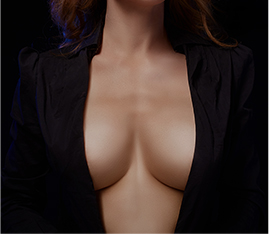
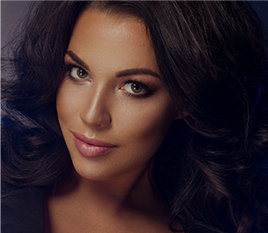
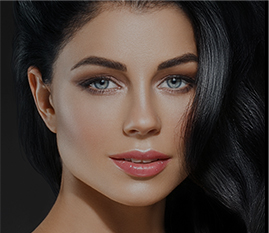
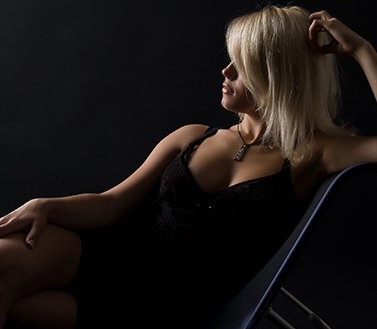
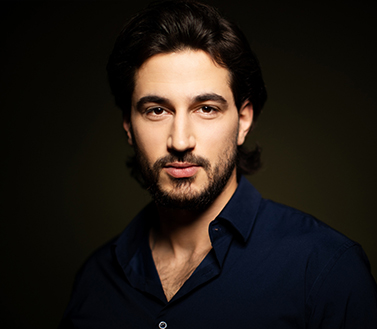
 VIEW ALL
VIEW ALL VIEW ALL
VIEW ALL